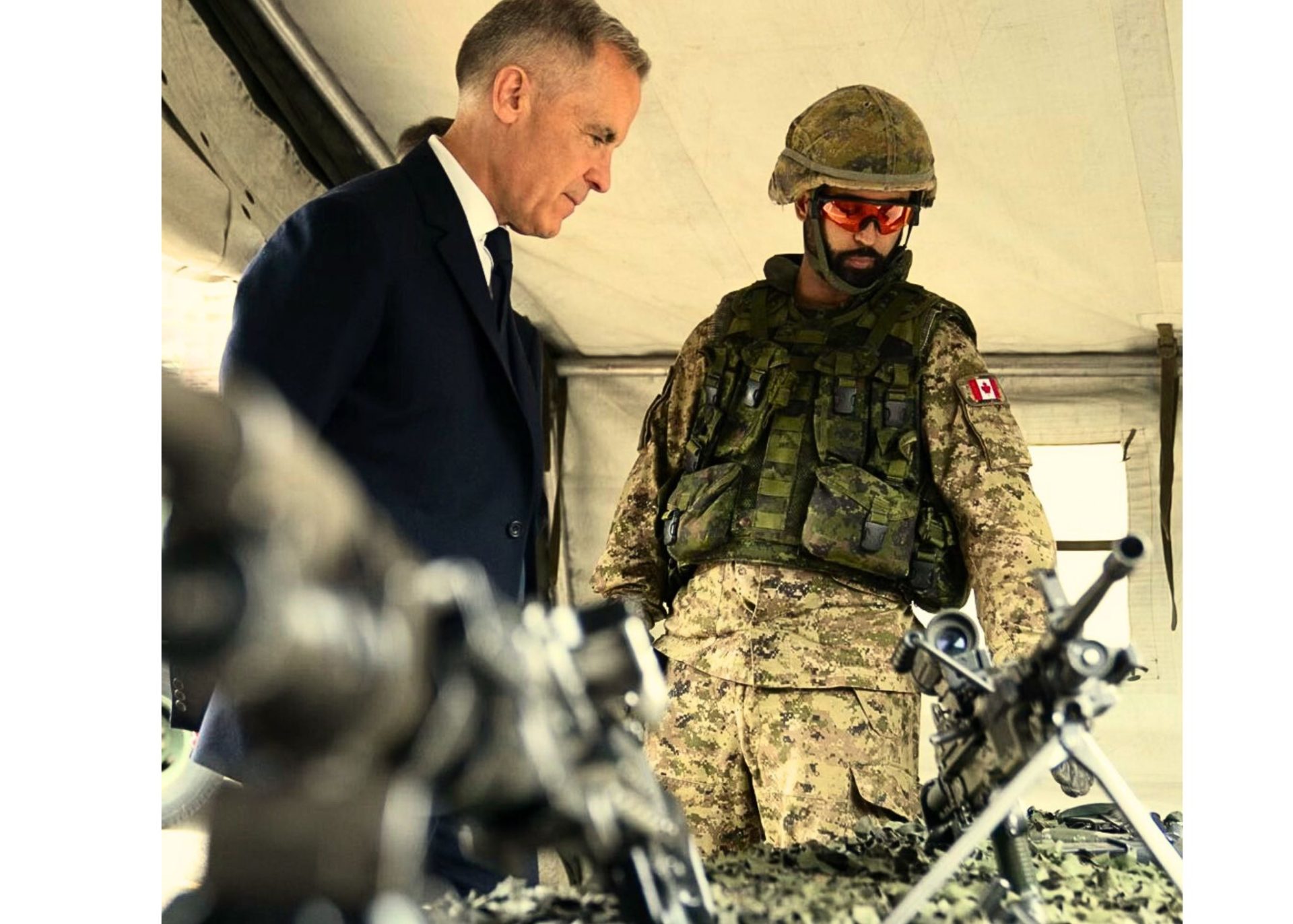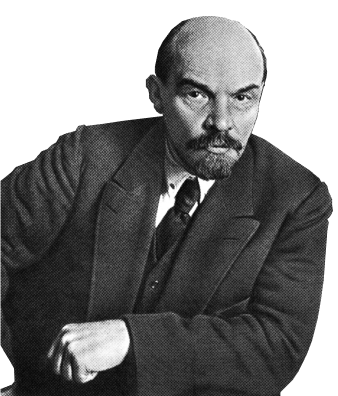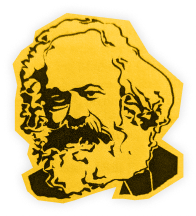
Christmas has come early for the global arms industry.
On June 9, Mark Carney announced that Canada would finally reach the two per cent NATO military spending target this year—seven years earlier than what was originally committed to by Trudeau. This could mean anywhere from $10 to $20 billion more being spent annually on Canada’s military, starting almost immediately.
Carney did not run on a platform of such rapid spending in the federal election campaign, promising only to hit the two per cent target by 2030. The impact of Donald Trump on Carney’s shift is obvious. Trump has repeatedly demanded that Canada accelerate its spending if it wants to strike a deal with the U.S. It seems that Carney has quickly folded on that count.
In various statements, ministers in Carney’s government have relayed their hope that recent changes to things like defence spending and immigration would address “irritants” raised by the U.S.—in other words, that they would appease Trump. The U.S. has already expressed its satisfaction with Carney’s pledge, with the U.S. ambassador to Canada saying they were “thrilled” with his June 9 announcement.
More money coming
However, Carney doesn’t plan to stop at two per cent. In his speech, he noted how Canada would “further accelerate our investments in the years to come.” At the June 25 NATO conference in the Netherlands, member countries agreed to raise that target to five per cent of GDP over the next decade—a target also repeatedly insisted on by Trump. If this were accomplished, it would raise Canada’s defence spending to $150 billion per year according to Carney, compared to around $30 billion in 2024.
One way this level of spending might be achieved is through Canada’s participation in the U.S.-proposed “Golden Dome” missile defence program. Trump has recently pegged the cost for Canada’s admission at 71 billion USD, up from 61 billion just a few weeks ago.
Carney has already said that missile defence is one area “where it can make sense” to partner with the U.S., in reference to the Golden Dome. CBC reporting has suggested the existence of a “working document” floating between U.S. and Canadian negotiating teams, in which Canada’s entry into the missile program has been proposed by the Canadian side. Doing so would represent a serious shift in Canada’s approach since at least 2005, when Liberal Prime Minister Paul Martin famously rejected calls by George W. Bush to join its missile defence program.
Who benefits?
Carney has said that increased defence spending is necessary to defend Canada from a “new imperialism” manifesting in the world. Industry Minister Melanie Joly recently told a gathering of Canada’s auto manufacturers that “we are in a wartime cabinet right now,” while encouraging them to consider shifting their production from cars to military kit.
However, Canada is not in the midst of war—nor is there any realistic possibility of Canada being attacked anytime soon. In truth, these measures are not designed to protect ordinary Canadians, but to further the interests of the ruling class at home and abroad.
Talk of going “elbows up” notwithstanding, U.S. arms manufacturers will be a major beneficiary of Carney’s new military drive. Canada’s purchase agreement for 88 U.S-made F-35 jets still remains in effect, despite promises to review the purchase and buy at least some of the jets elsewhere. Canada has also placed orders for a batch of HIMARS missiles from the U.S., the same being used by the regime in Ukraine. It is no wonder then that the U.S. is so “thrilled” by Carney’s promise.
Increased military spending may also help to bolster Canada’s own imperialist interests abroad. In recent years, Canadian mining projects abroad have faced serious pushback from local communities and the governments of the countries in which they are based. Notable examples include the Cobre copper mine in Panama and the Barrick Gold mine in Mali, the latter of which the Malian government has at times threatened to expropriate. Having more troops available may force corporate Canada’s opponents to think twice.
Who pays?
Though the U.S. and Canadian military establishment stands to benefit enormously from Carney’s plan, ordinary Canadians do not. In truth, we will be the ones paying for it.
Most serious analysts surmise that increased military spending on the scale proposed by Carney will mean serious cuts to other areas, including things like health transfers and child care benefits. Even before this announcement, the Parliamentary Budget Officer stated that Carney’s promises to increase military spending would require “significant cuts” to public services. This is what Carney means when he talks about Canadians being prepared to “sacrifice” for Canada’s defence.
Increased funding for Canada’s military currently enjoys majority support. However, this can quickly reverse as its true purpose and cost to ordinary Canadians becomes clear. The question “who pays?” has in recent times served as a driving force for explosive social movements from Sri Lanka to France.
Working class Canadians are already struggling to pay the bills. Now they will be expected to pay for the costs of militarism which only benefits the ruling class. The entire labour movement must oppose this increase in military spending and demand:
Books not bombs!
Healthcare not warfare!

